45 parts of the neutron
elite-dangerous.fandom.com › wiki › Neutron_HighwayNeutron Highway | Elite Dangerous Wiki | Fandom The Neutron Highway is a network of charted and optimized routes that contain a high percentage of neutron stars and white dwarfs along the route; systems that temporarily allow ships to supercharge their FSD via the neutron jet streams. These highways are a means for ships to traverse large distances between two set locations using far fewer jumps than the conventional method. This guide is ... › title › tt0268397Jimmy Neutron: Boy Genius (2001) - IMDb Dec 21, 2001 · Jimmy Neutron: Boy Genius: Directed by John A. Davis. With Megan Cavanagh, Mark DeCarlo, Debi Derryberry, Jeffrey Garcia. An eight-year-old boy genius and his friends must rescue their parents after the adults are abducted by aliens.
Protons Neutrons & Electrons of All Elements (List + Images) Iodine has 53 protons, 74 neutrons and 53 electrons: 54: Xenon has 54 protons, 77 neutrons and 54 electrons: 55: Cesium has 55 protons, 78 neutrons and 55 electrons: 56: Barium has 56 protons, 81 neutrons and 56 electrons: 57: Lanthanum has 57 protons, 82 neutrons and 57 electrons: 58: Cerium has 58 protons, 82 neutrons and 58 electrons: 59
Parts of the neutron
How to Find the Number of Protons, Neutrons, and Electrons - wikiHow 3. Locate the element's atomic number. The atomic number is located above the element symbol, in the upper left-hand corner of the square. The atomic number will tell you how many protons make up a single atom of an element. [3] For example, boron (B) has an atomic number of 5, therefore it has 5 protons. 4. Neutron Stars: Definition & Facts | Space Neutron stars are city-size stellar objects with a mass about 1.4 times that of the sun. Born from the explosive death of another, larger stars, these tiny objects pack quite a punch. Let's take a... What is Neutron | Definition & Properties | nuclear-power.com Properties of the Neutron Key properties of neutrons are summarized below: Mean square radius of a neutron is ~ 0.8 x 10 -15 m (0.8 fermi) The mass of the neutron is 939.565 MeV/c 2 Neutrons are ½ spin particles - fermionic statistics Neutrons are neutral particles - no net electric charge. Neutrons have a non-zero magnetic moment.
Parts of the neutron. What are the parts of the neuron and their function? - Quora The neuron consists of: Cyton or the cell body which has the nucleus and the mitochondria and ribosomes of the cell. They provide the power and the growth of the cells. They can be modified in the sensory system as corpuscles. The dendrites which act as the recieving centres. Basic Parts of the Atom - Protons, Neutrons, Electrons, Nucleus What are the Basic Parts of the Atom - Protons, Neutrons, Electrons, Nucleus - This video describes the basic parts of the atom, including the proton, neutron and electron. The electrons are found... Parts of the Atom (proton, neutron, electron) Flashcards | Quizlet Neutrons Parts of the atom that are 'NEUTral' (Valence) Electrons Parts of the atom which cause it to be 'stable' or 'unstable' Electrons Parts of the atom that are the smallest of the three subatomic particles Protons (and Electrons) Parts of the atom that you can count based on the Atomic Number of the atom Neutrons What Is a Neuron? - Definition, Structure, Parts and Function - BYJUS A neuron varies in shape and size depending on its function and location. All neurons have three different parts - dendrites, cell body and axon. Parts of Neuron. Following are the different parts of a neuron: Dendrites. These are branch-like structures that receive messages from other neurons and allow the transmission of messages to the ...
Neuron Diagram & Types | Ask A Biologist - Arizona State University They have one axon and one dendrite branching off in opposite directions from the cell body. These cells pass signals from the outside of your body, such as touch, along to the central nervous system. Bipolar neurons have one axon and only one dendrite branch. They pass signals from one neuron to the next inside the central nervous system. What Is a Neutron? - ThoughtCo Neutron Facts A neutron is a type of hadron. It consists of one up quark and two down quarks. Although the mass of a proton and a neutron are comparable, especially compared with the much lighter electron, a neutron is slightly more massive than a proton. A neutron has a mass of 1.67492729 x 10 -27 kg. Parts of An Atom Flashcards | Quizlet Positively charged part of an atom found in the nucleus. Electron. Negatively charged part of an atom located outside the nucleus. Neutron. Neutral part of an atom in the nucleus. Neutral charge. Having no charge positive or negative. Nucleus of atom. Center of an atom containing protons and neutrons. Neutrons: Definition & Concept | Study.com The neutron is a baryon, which means it is a massive particle that is made up of 3 quarks (1 up quark and 2 down quarks). Quarks are what build all matter. You may have heard that atoms are the...
Protons, Neutrons, and Electrons - Middle School Chemistry Atoms are made of extremely tiny particles called protons, neutrons, and electrons. Protons and neutrons are in the center of the atom, making up the nucleus. Electrons surround the nucleus. ... Students should be familiar with the parts of the atom from Chapter 3 but reviewing the main points is probably a good idea. en.wikipedia.org › wiki › NeutronNeutron - Wikipedia The neutron is classified as a hadron, because it is a composite particle made of quarks. The neutron is also classified as a baryon, because it is composed of three valence quarks. [17] The finite size of the neutron and its magnetic moment both indicate that the neutron is a composite, rather than elementary, particle. Q & A: What are the parts of proton,neutron and electron? | Department ... According to the latest theories, protons and neutrons are made of quarks and gluons.. Quarks are spin 1/2 particles. Gluons are spin zero carriers of the so-called 'Strong Force', the force that binds neutrons and protons inside the nucleus. See for more details. The electron, on the other hand, is an entity itself. Structure of the Neutron | nuclear-power.com The neutron is a composite particle made of two down quarks with charge −⅓ e and one up quark with charge +⅔ e. Since the neutron has no net electric charge, it is not affected by electric forces, but the neutron does have a slight distribution of electric charge within it. This results in a non-zero magnetic moment (dipole moment) of the neutron.
› neutron-generatorsNeutron Generator Technology: SHINE's High Yield Neutron ... SHINE Systems and Manufacturing builds what we believe are the strongest compact neutron generators in the world. By using an electrically driven accelerator to produce fusion reactions, our neutron generators can create enough neutron radiation to drive critical applications in industrial manufacturing and nuclear medicine with the potential to serve as a platform for future applications in ...
Parts of a Neuron and How Signals are Transmitted - Verywell Mind Each part of the neuron plays a role in communicating information throughout the body. Neurons carry messages throughout the body, including sensory information from external stimuli and signals from the brain to different muscle groups in the body. In order to understand exactly how a neuron works, it is important to look at each individual ...
byjus.com › chemistry › neutronsNeutrons - Discovery, Charge, Mass, Properties, and Applications The electric charge that is associated with a neutron is 0. Therefore, neutrons are neutrally charged subatomic particles. The mass of a neutron is roughly equal to 1.008 atomic mass units. When converted into kilograms, the mass of the neutron can be approximated to 1.674*10-27 kg.
The 9 parts of a neuron (and their functions) - medical - 2022 What is the morphology of neurons like? Neurons are cells with a very characteristic morphology. They are basically divided into three regions: body, dendrites, and soma. But the truth is that there are other structures that allow these neurons to be the pillar of the nervous system and, therefore, of everything that happens in our body. 1. Body
8 Main Parts of a Nuclear Reactor | Power Plants | Electricity Neutrons produced by the fission process are ejected from the nucleus at a very high velocity of about 1.5 × 10 7 m/s and therefore, have a very large kinetic energy and are termed as fast neutrons. The elements which can undergo a fission reaction with fast neutrons are U-233, U-235 and Pu-239. Natural uranium contains only 0.7% U-235.
What are the three parts of the neutron called? - Answers The proton and neutron are located within the nucleus of the atom, and the electron orbits the nucleus. What are the main parts of the atoms? Atom have three main parts,electron,proton and...
byjus.com › physics › neutrons-isotopes-isobars-isotonesDiscovery of Neutron, Isotopes, Isobars and Isotones - BYJUS Introduction. It is a remarkable fact the existence of neutron was not discovered until 1932.The general atomic imagination of the time was protons and electrons.Through Rutherford’s alpha scattering experiments, it was found that the Atomic mass number A of an element is a bit more than twice the atomic number Z for most atoms and that essentially, all the mass of an atom was concentrated ...
Neutron star - Wikipedia A neutron star has some of the properties of an atomic nucleus, including density (within an order of magnitude) and being composed of nucleons. In popular scientific writing, neutron stars are therefore sometimes described as "giant nuclei". However, in other respects, neutron stars and atomic nuclei are quite different.
What's Inside Neutron Stars? - Sky & Telescope Obtaining the mass of a neutron star is easy, at least if the neutron star has a stellar companion whirling around it. But measuring size is trickier. Neutron stars' gravity is so extreme, it bends the path of light leaving the surface. Like a funhouse mirror, this gravitational distortion makes the neutron star appear bigger than it really is.
neutron | Definition, Charge, Mass, Properties, & Facts The neutron is composed of two down quarks, each with 1/3 elementary charge, and one up quark, with 2/3 elementary charge. The nucleus is bound together by the residual effect of the strong force, a fundamental interaction that governs the behaviour of the quarks that make up the individual protons and neutrons. nuclear fission
What Are The Parts Of An Atom? - Universe Today Protons have a mass that is 1,836 times that of the electron, at 1.6726×10-27 kg, while neutrons are the most massive of the three, at 1.6929×10-27 kg (1,839 times the mass of the electron).
Imagine the Universe! If some parts of the neutron star are hotter than others, such as the magnetic poles, then pulses of thermal X-rays from the neutron star surface can be seen as the hot spots pass through our line of sight. If a neutron star is in a close binary system with a normal star, the powerful gravitational field of the neutron star can pull material ...
The Structure of an Atom | Protons, Neutrons, Electrons - ChemTalk A neutron is a type of hadron that consists of one up quark, and two down quarks. It has a mass of 1.008665 amu (atomic mass units). In beta decay, a neutron can transform into a proton, an electron, and an antineutrino. Protons and neutrons are both called nucleons. Neutrons are important because they determine the isotope of an element.
overhoff.comOverhoff Technology: The World's Best Tritium Monitors Jun 07, 2022 · We offer full factory support for our customers including calibration, training, repair and maintenance, spare parts, and product assistance. Calibration and Warranty All products include a NIST traceable calibration certificate report and 1-year factory warranty.
The Structure of an Atom: Parts, Diagram, Examples - Embibe Exams The oxygen \ (\left ( {\rm {O}} \right)\) is made of \ (8\) protons, \ (8\) electrons and \ (8\) neutrons. Electrons are revolving around the central nucleus in the circular path. Since the number of protons is equal to the number of neutrons, the oxygen atom is electrically neutral.
Number of Protons, Neutrons, and Electrons in an Atom - ThoughtCo The three parts of an atom are positive-charged protons, negative-charged electrons, and neutral neutrons. Follow these simple steps to find the number of protons, neutrons, and electrons for an atom of any element. Key Takeaways: Number of Protons, Neutrons, and Electrons Atoms are made of protons, neutrons, and electrons.
What is Neutron | Definition & Properties | nuclear-power.com Properties of the Neutron Key properties of neutrons are summarized below: Mean square radius of a neutron is ~ 0.8 x 10 -15 m (0.8 fermi) The mass of the neutron is 939.565 MeV/c 2 Neutrons are ½ spin particles - fermionic statistics Neutrons are neutral particles - no net electric charge. Neutrons have a non-zero magnetic moment.
Neutron Stars: Definition & Facts | Space Neutron stars are city-size stellar objects with a mass about 1.4 times that of the sun. Born from the explosive death of another, larger stars, these tiny objects pack quite a punch. Let's take a...
How to Find the Number of Protons, Neutrons, and Electrons - wikiHow 3. Locate the element's atomic number. The atomic number is located above the element symbol, in the upper left-hand corner of the square. The atomic number will tell you how many protons make up a single atom of an element. [3] For example, boron (B) has an atomic number of 5, therefore it has 5 protons. 4.


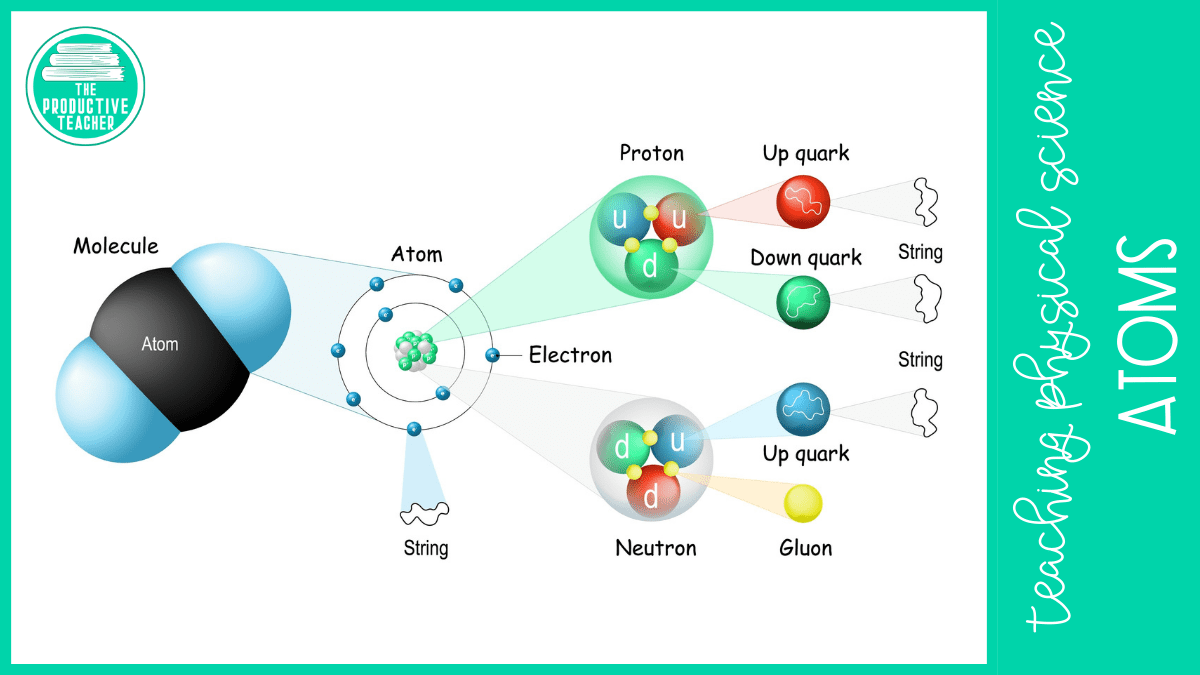
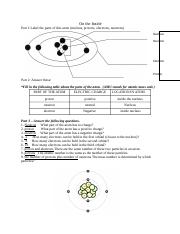

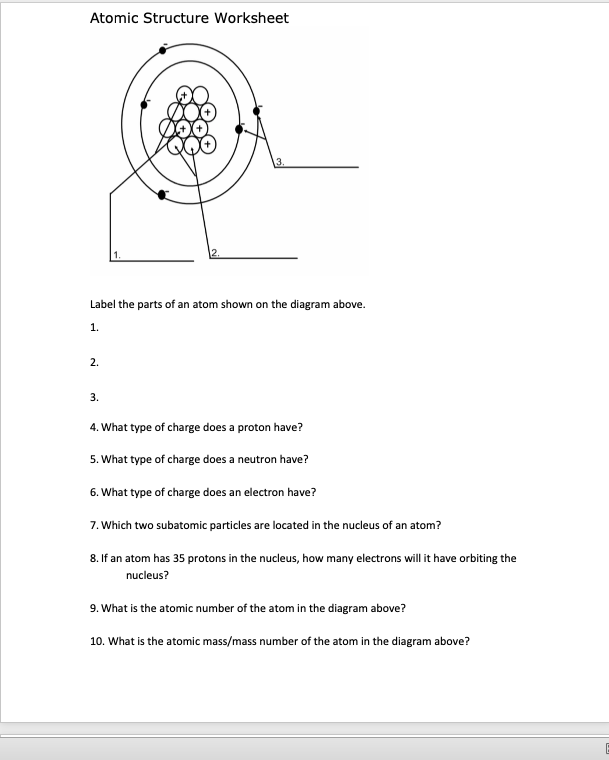


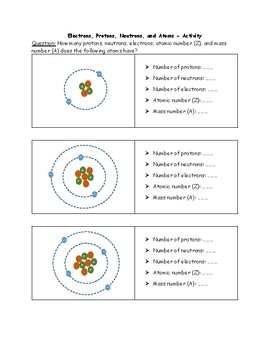


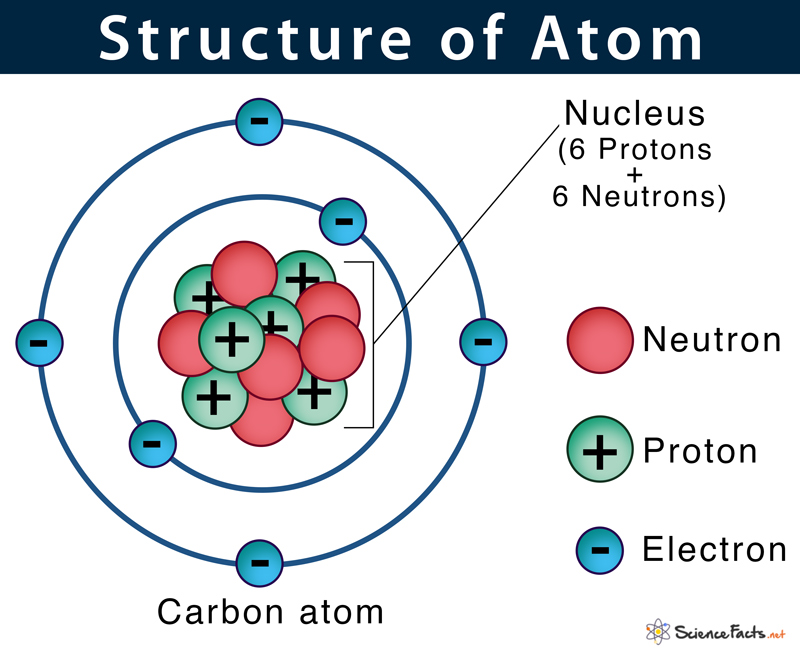
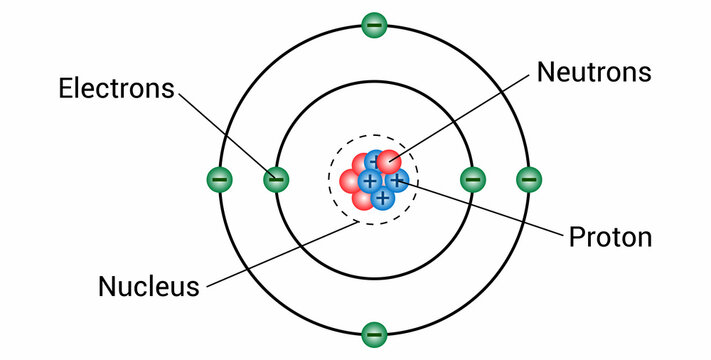

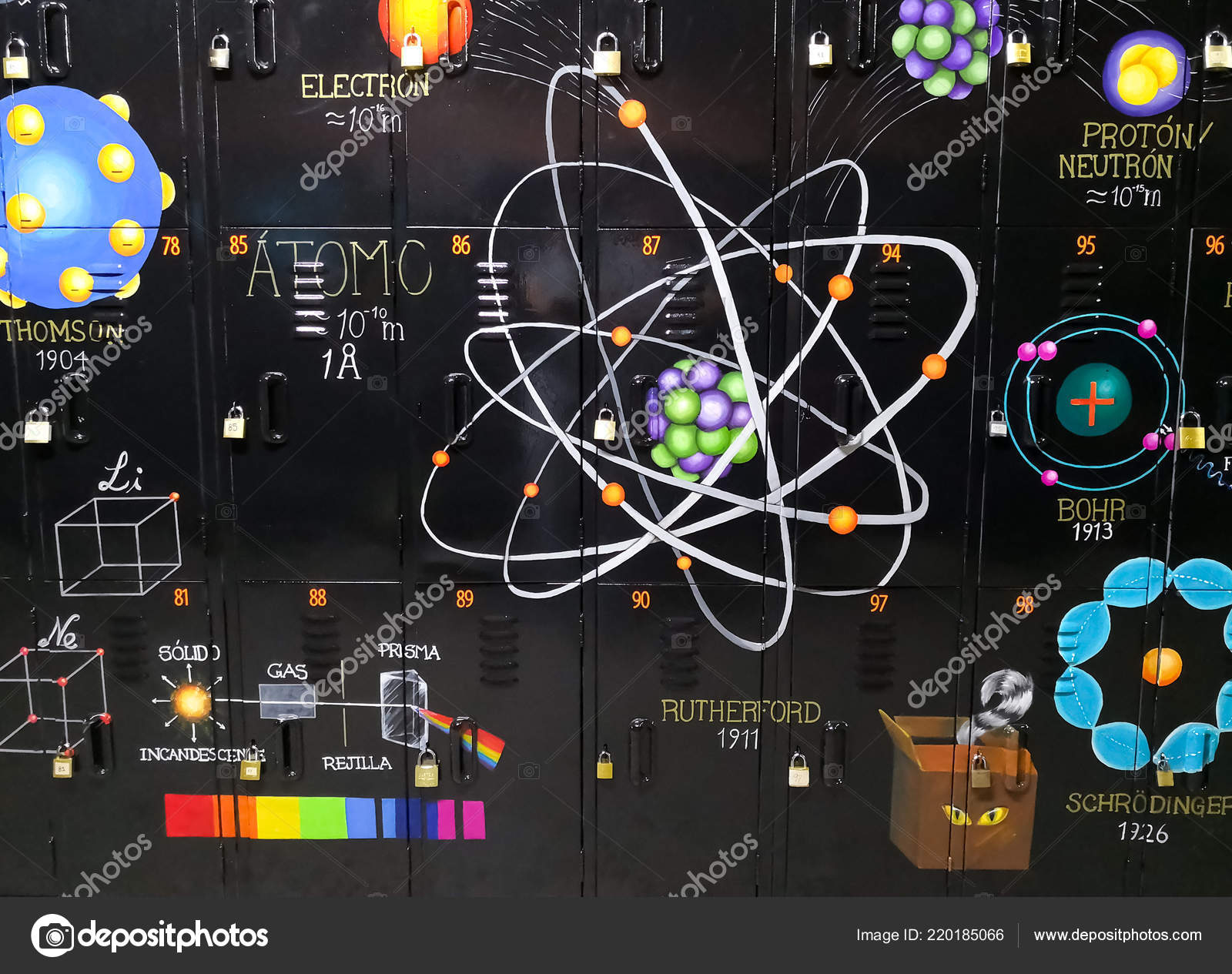




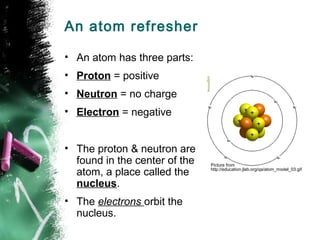



:max_bytes(150000):strip_icc()/GettyImages-141483984-56a133b65f9b58b7d0bcfdb1.jpg)
/GettyImages-141483984-56a133b65f9b58b7d0bcfdb1.jpg)

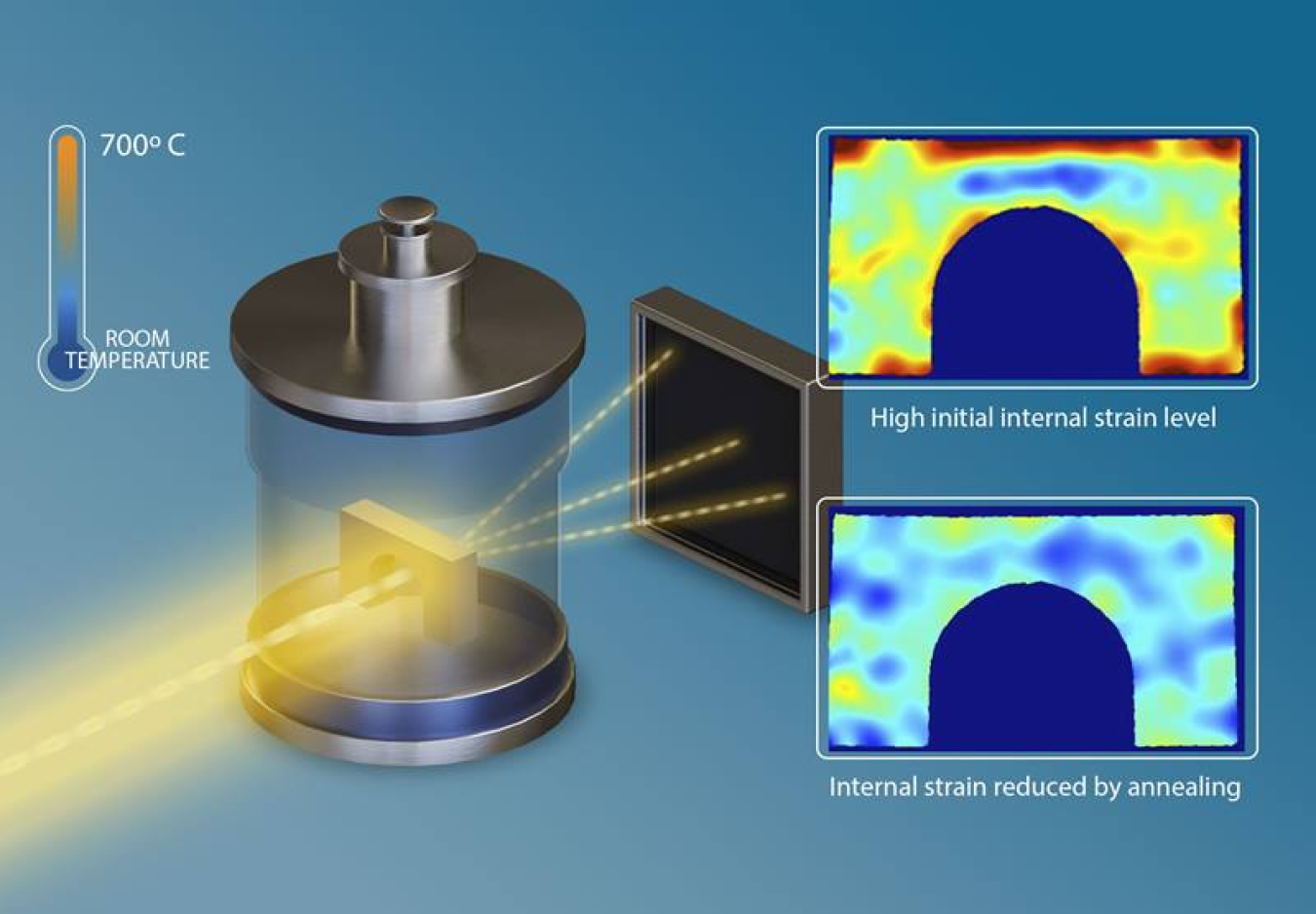
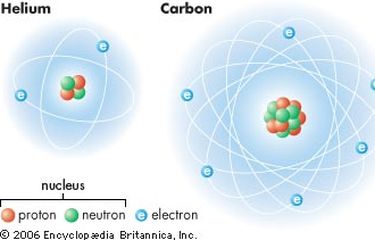


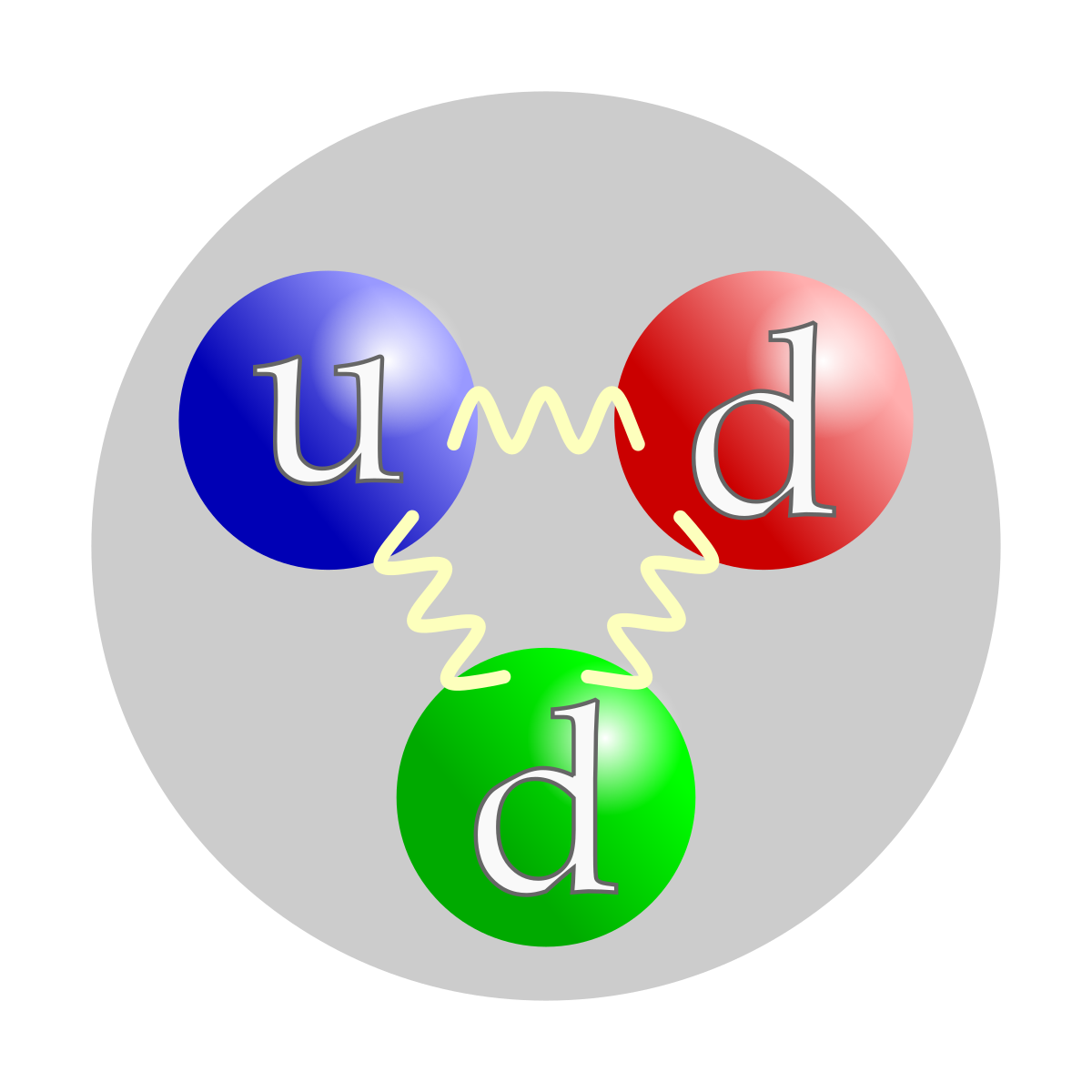
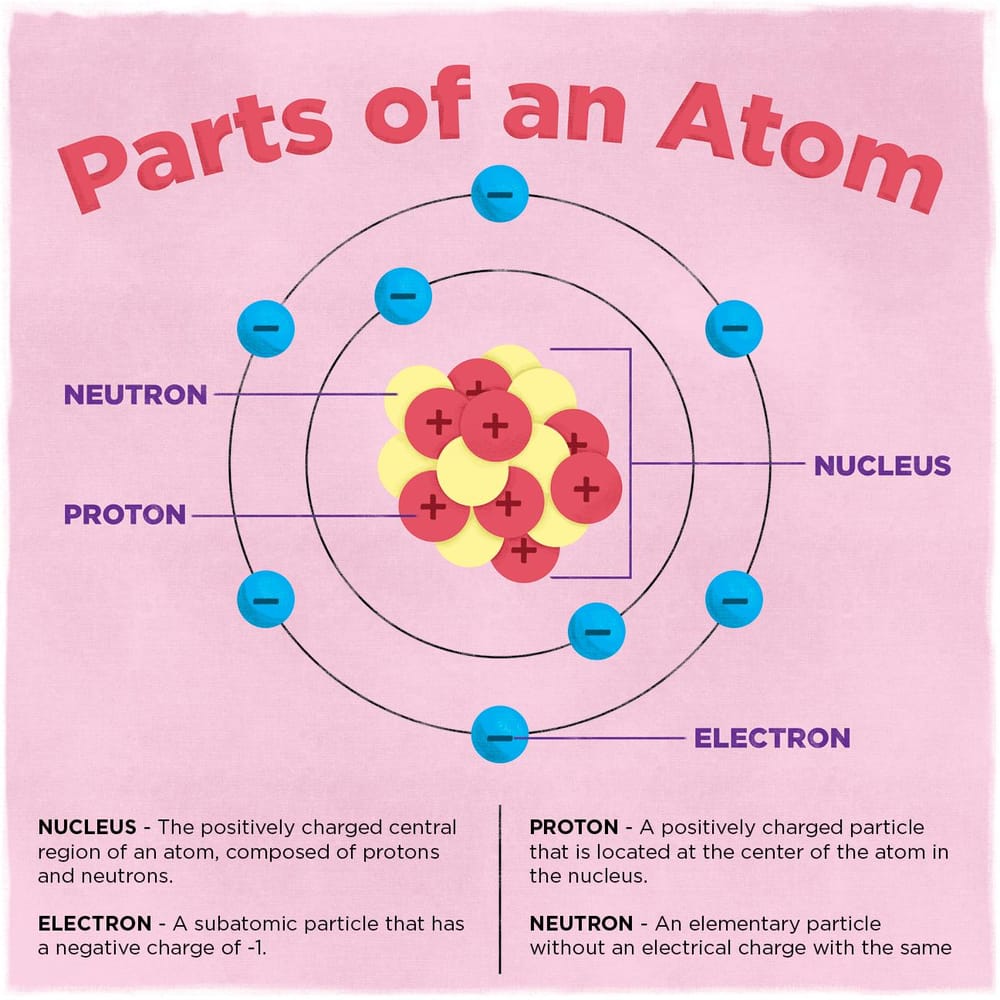
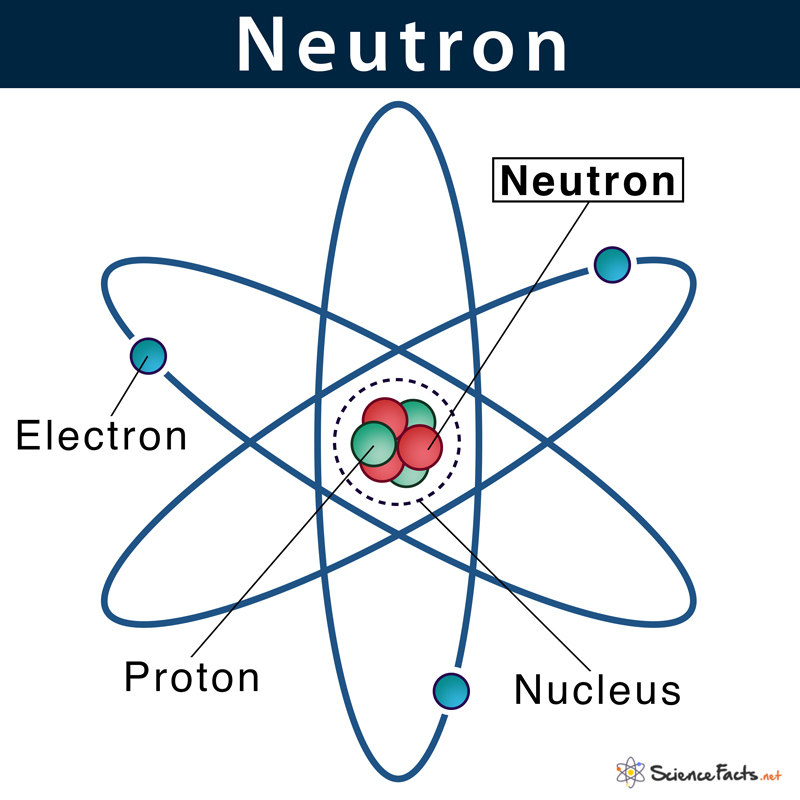
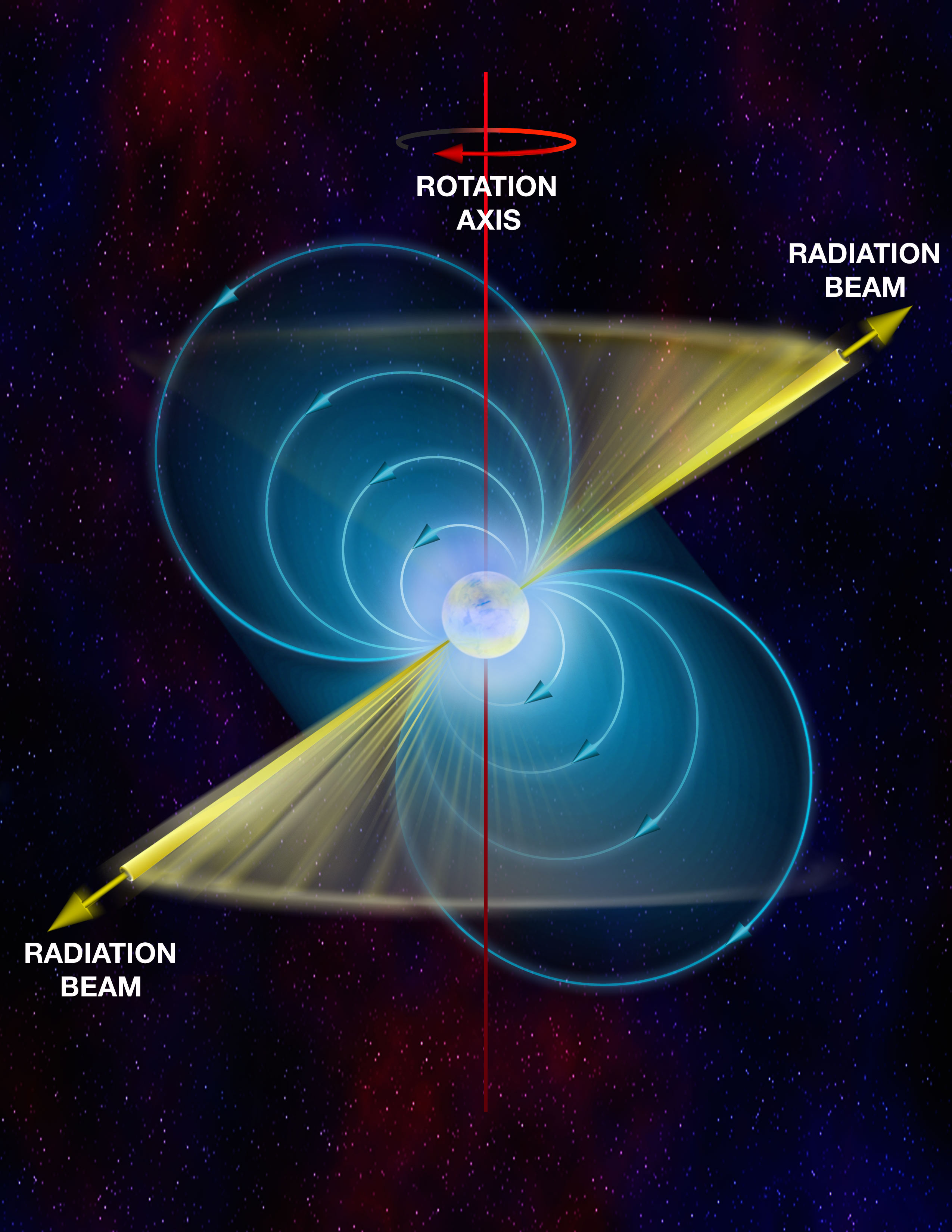

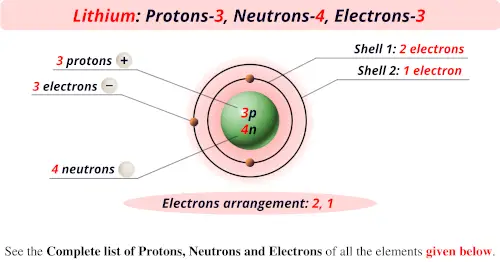
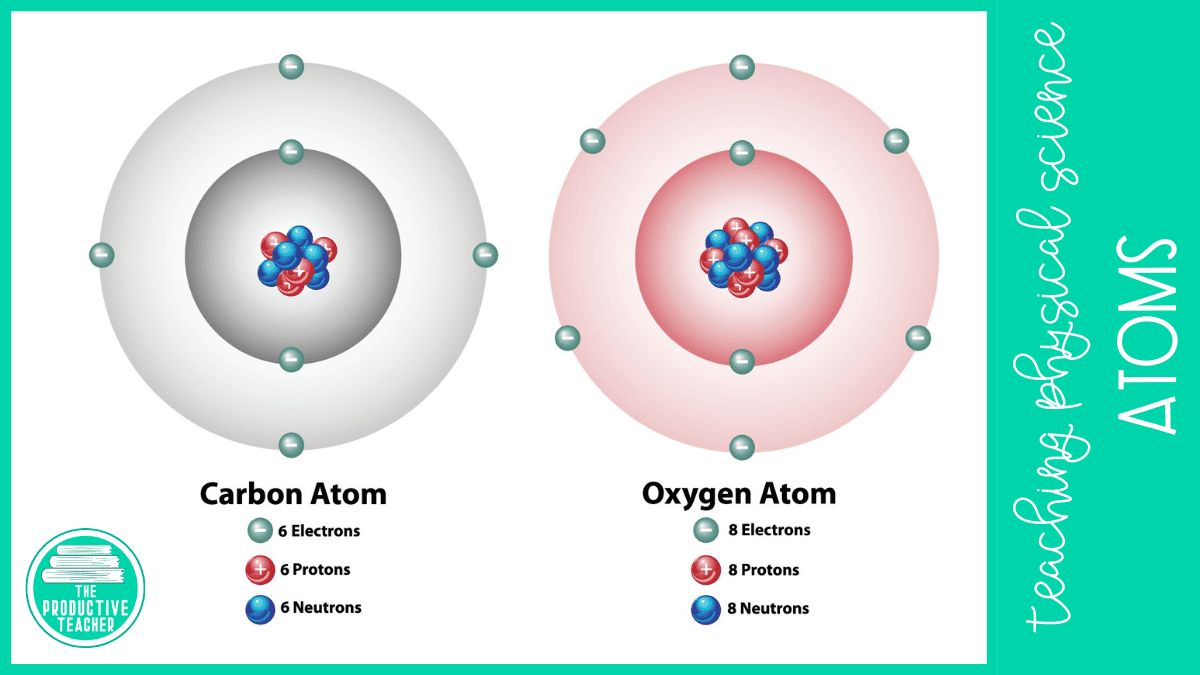
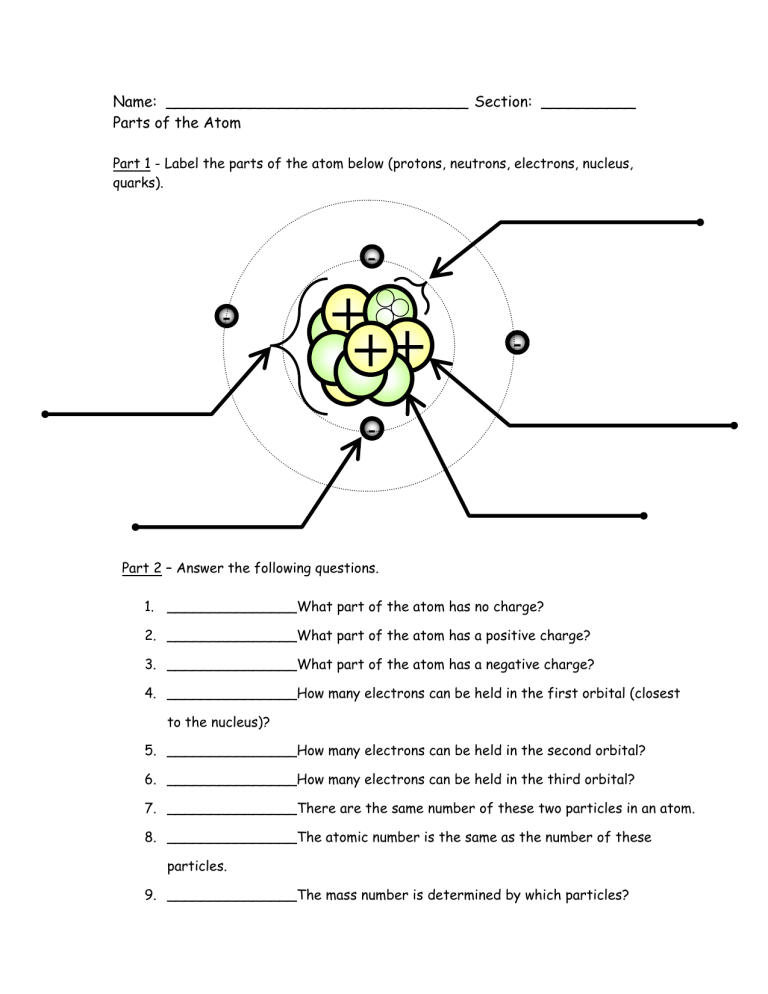

Post a Comment for "45 parts of the neutron"